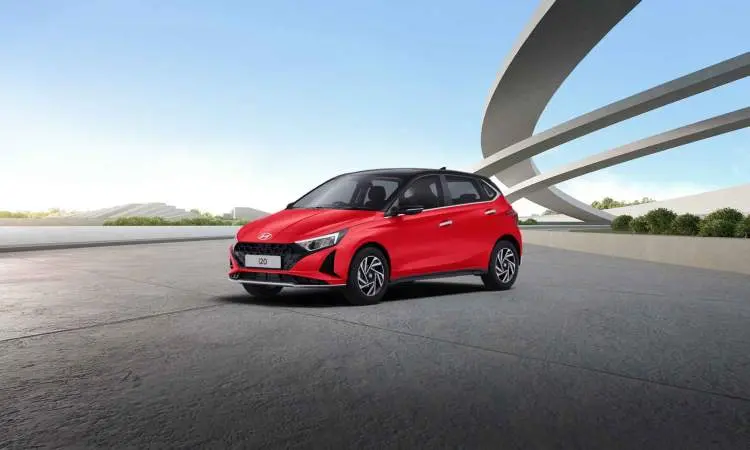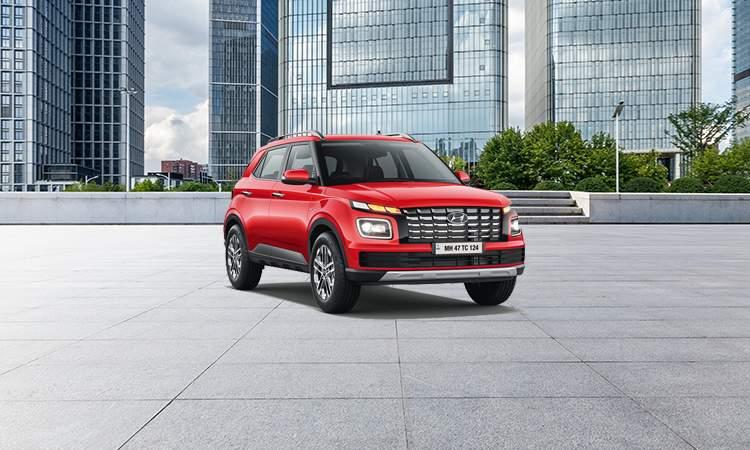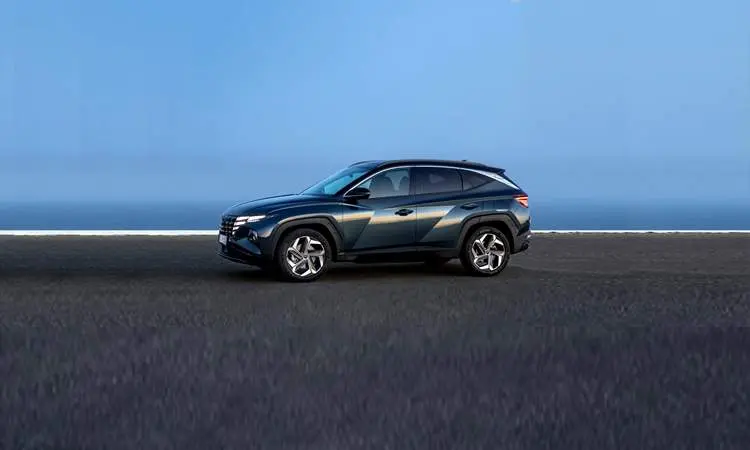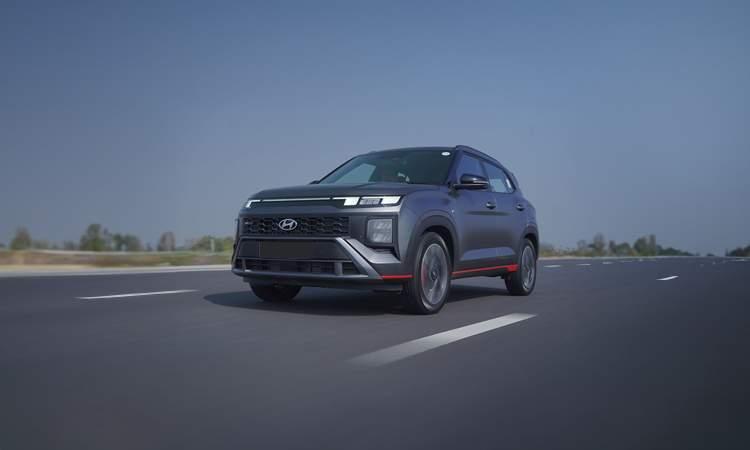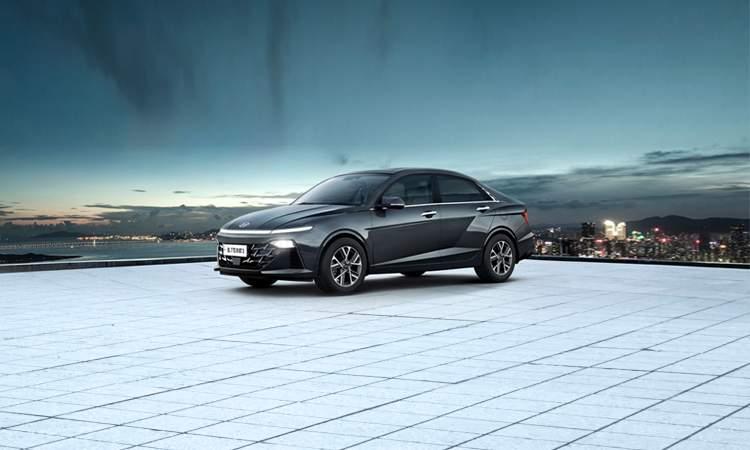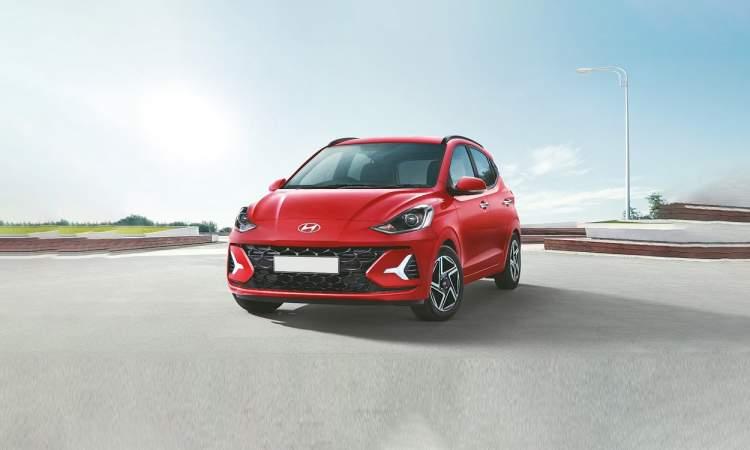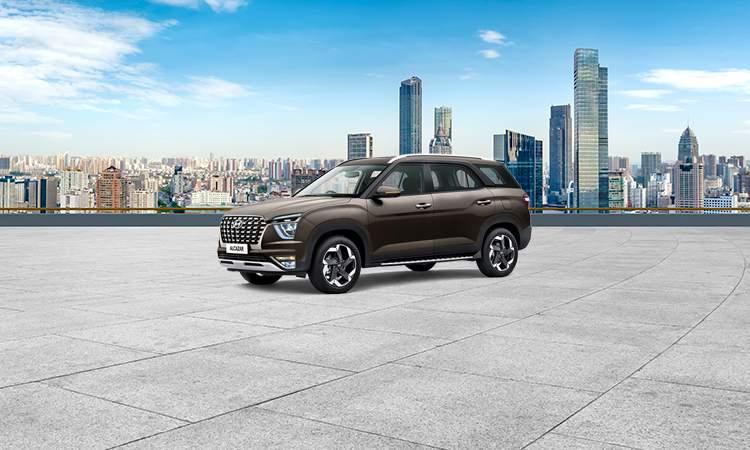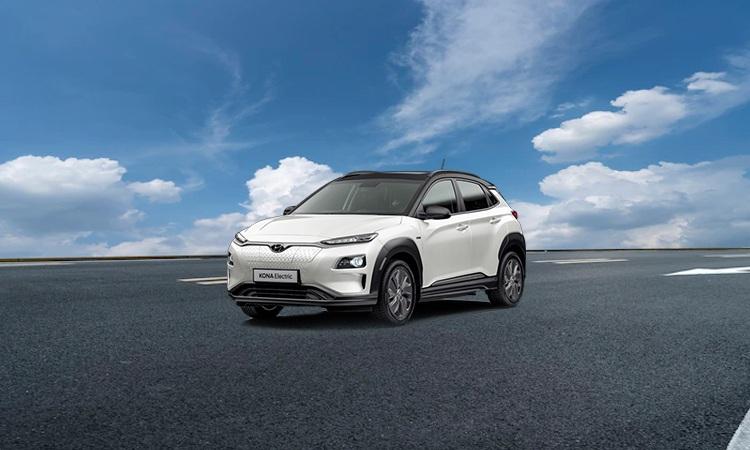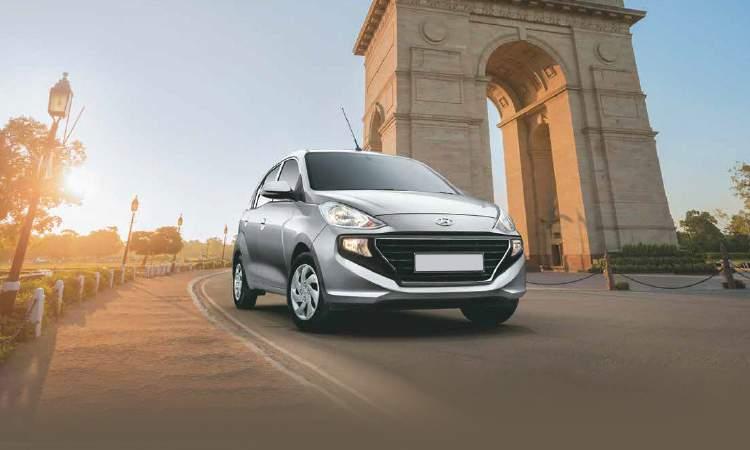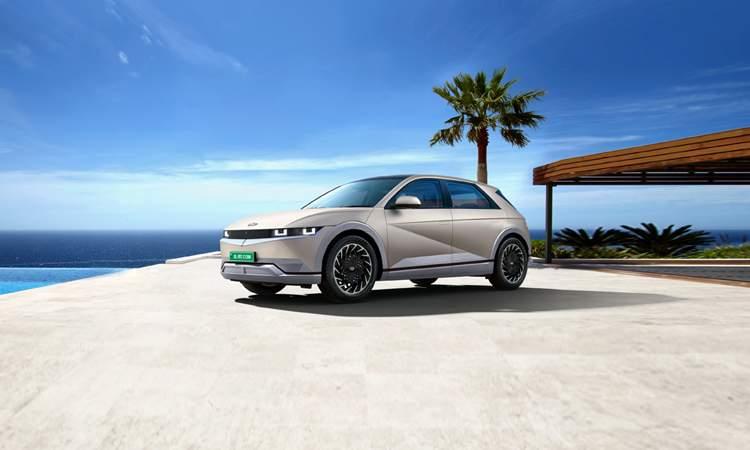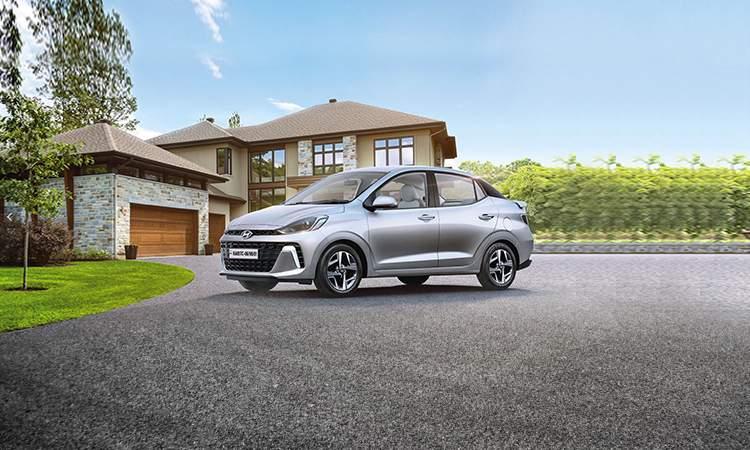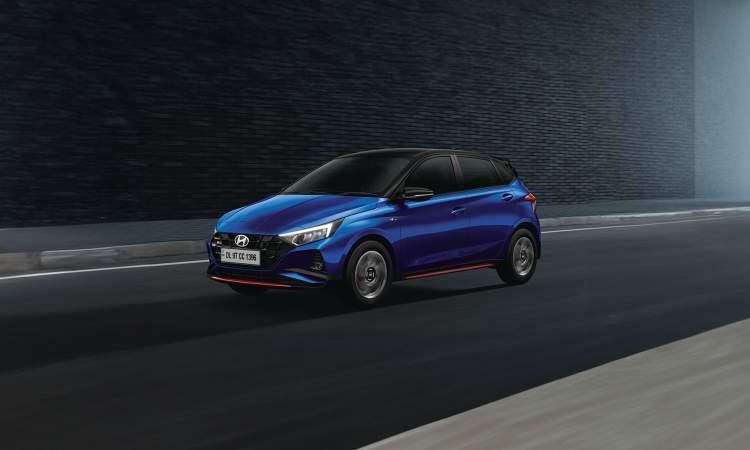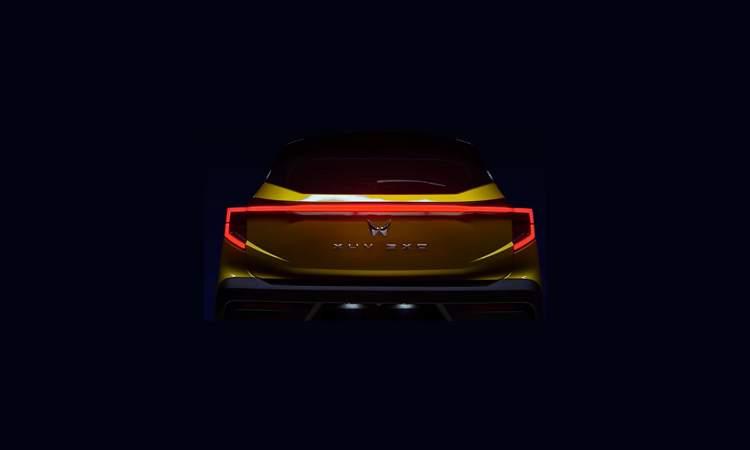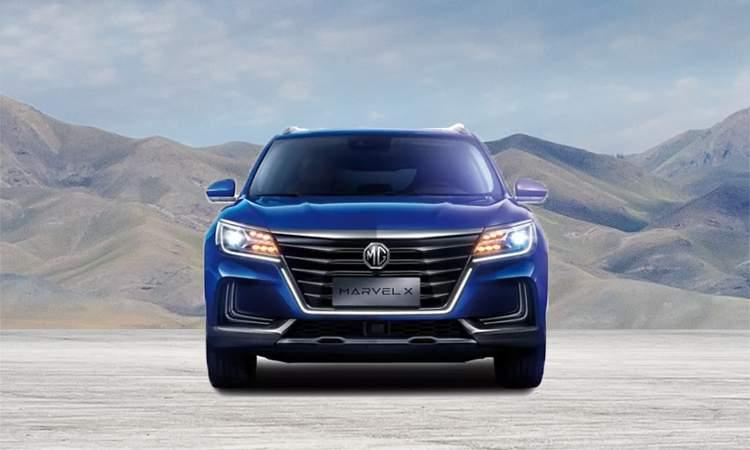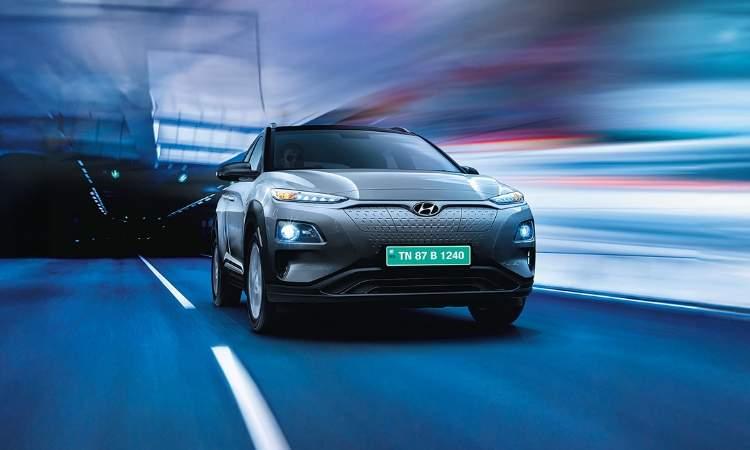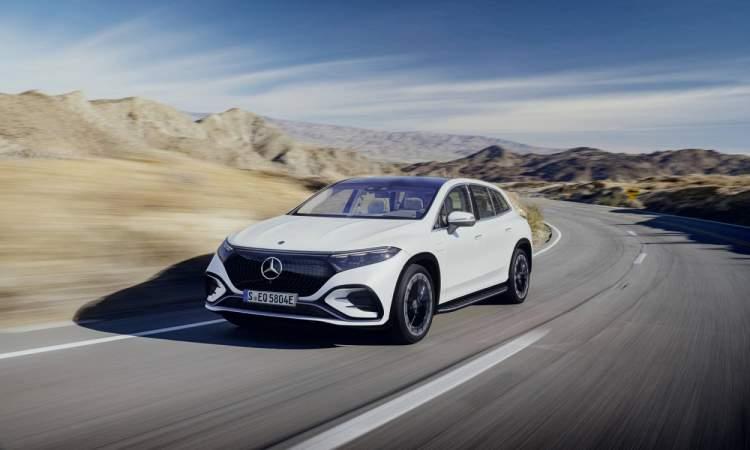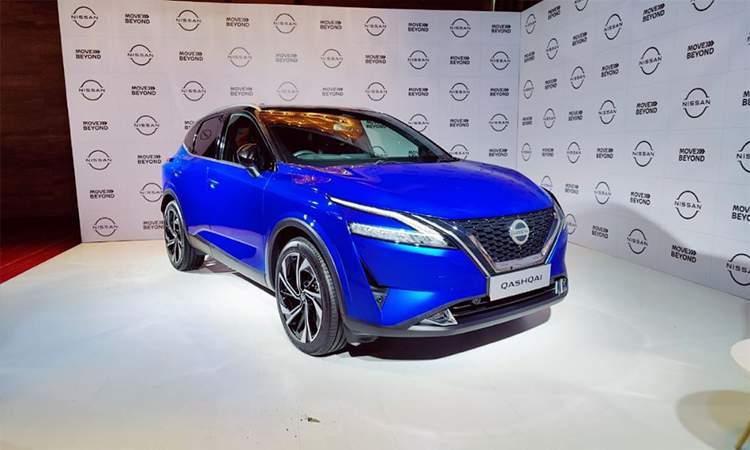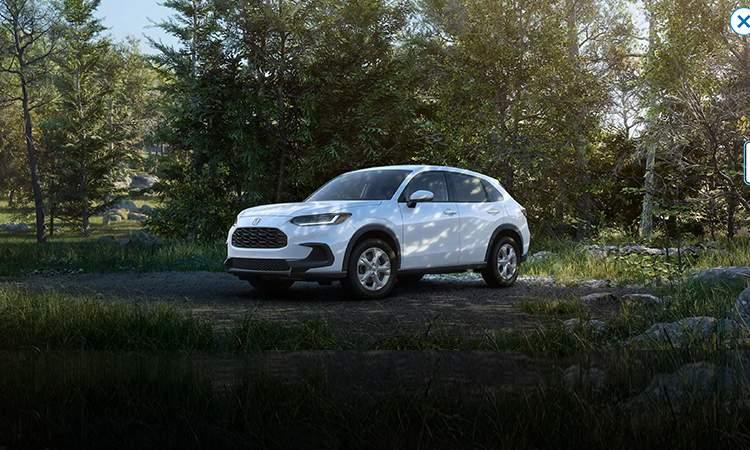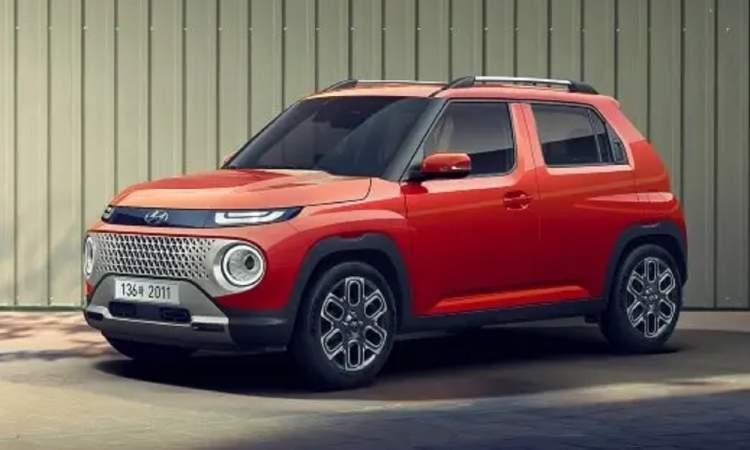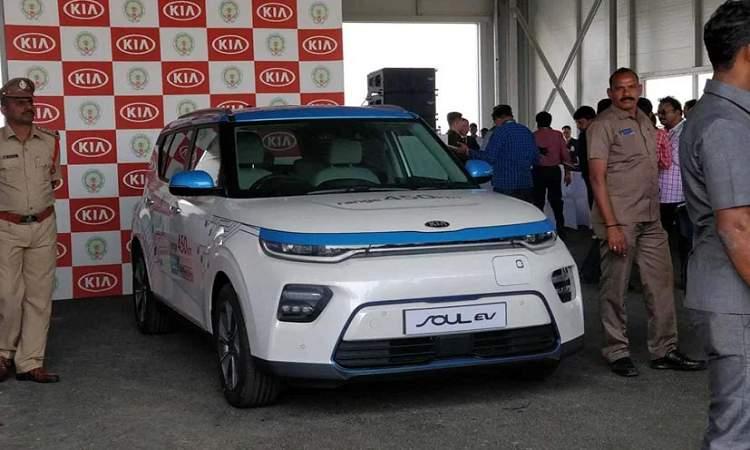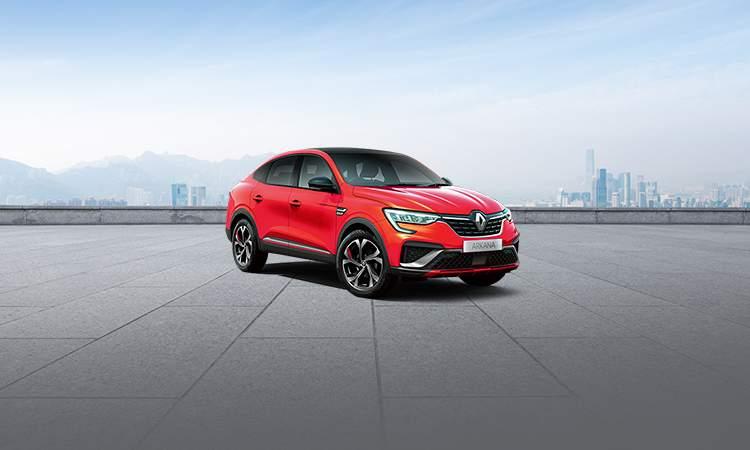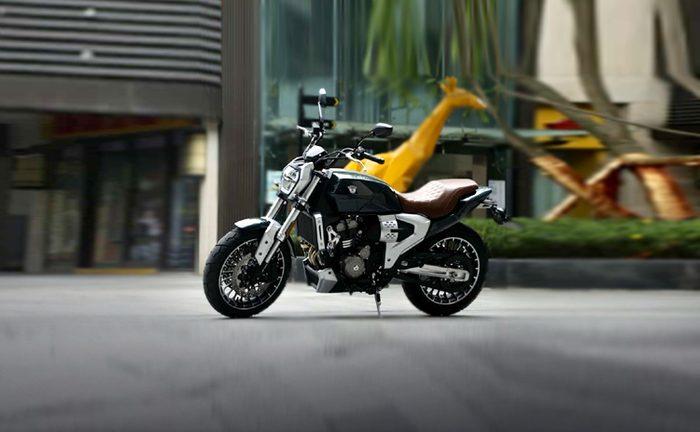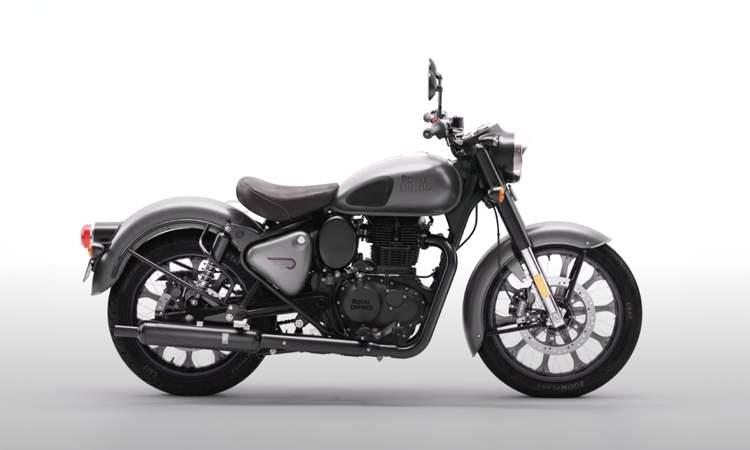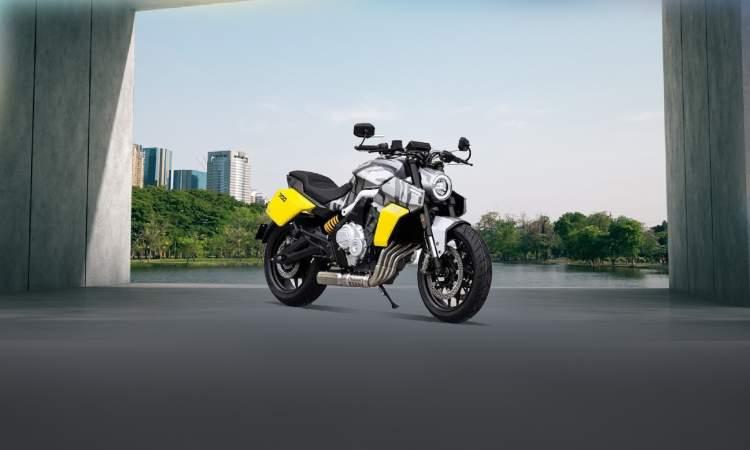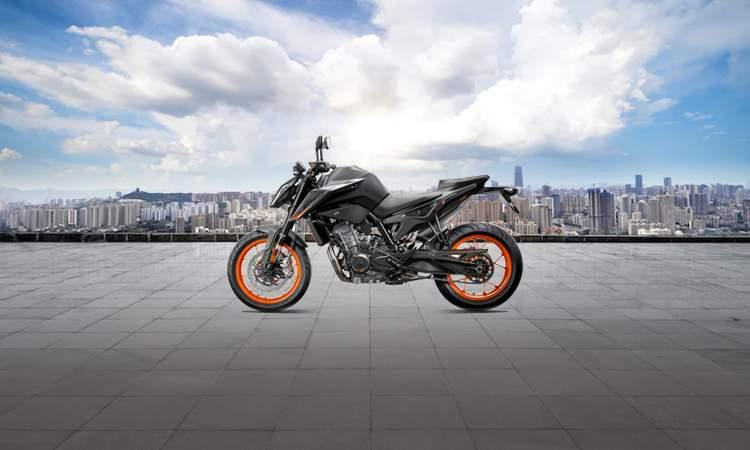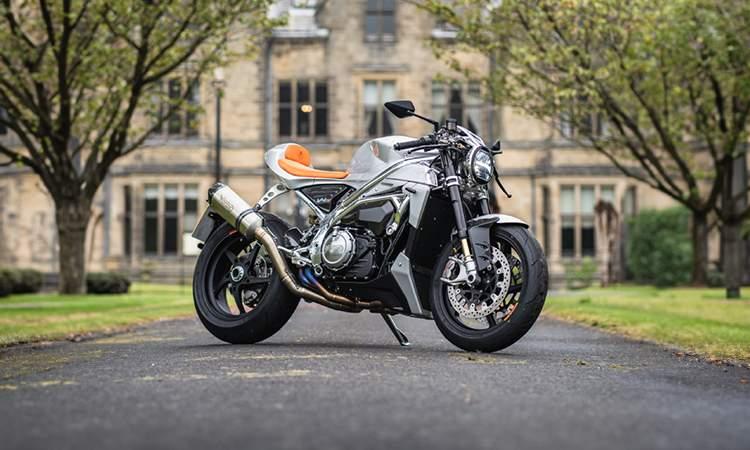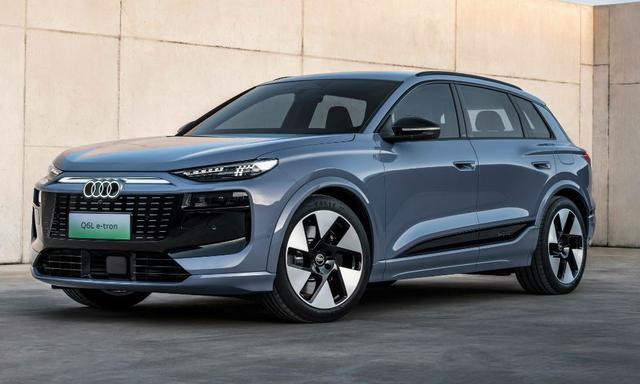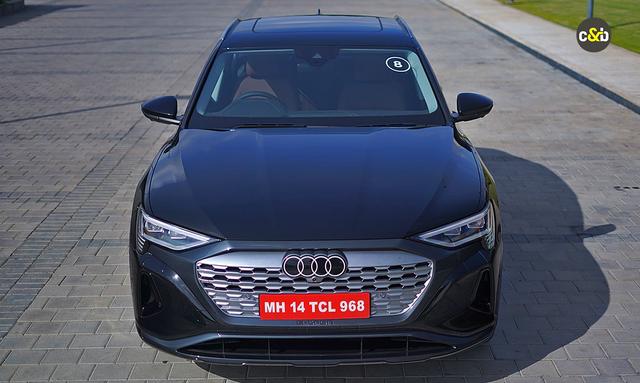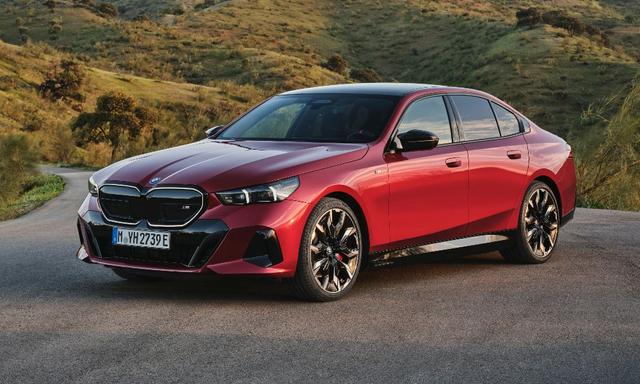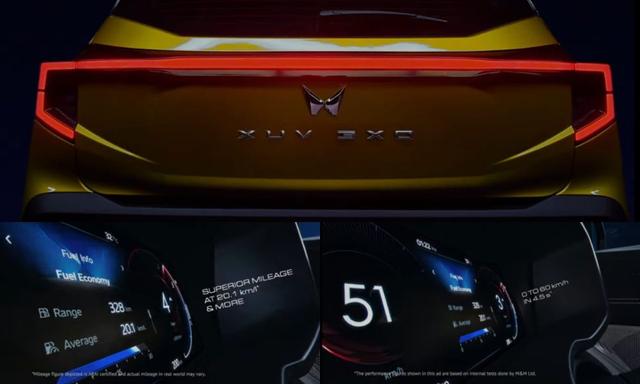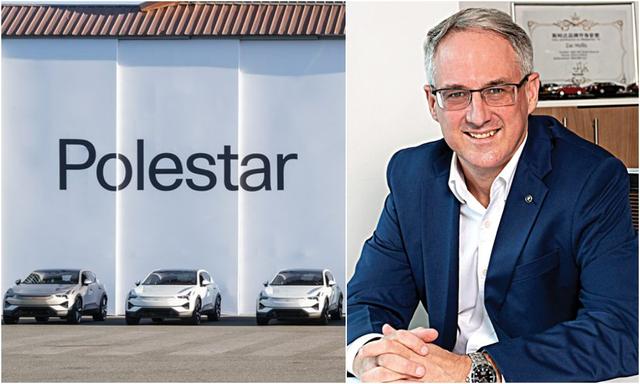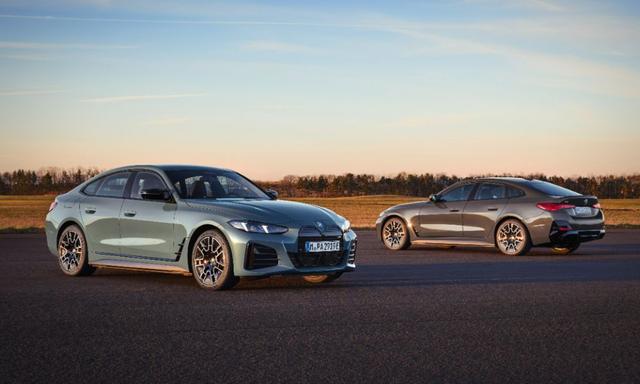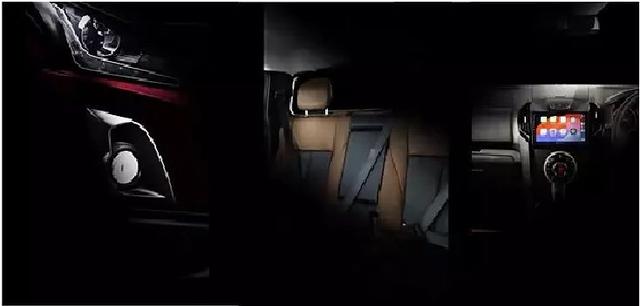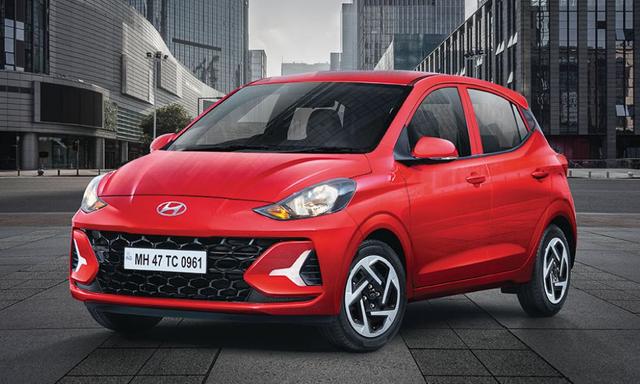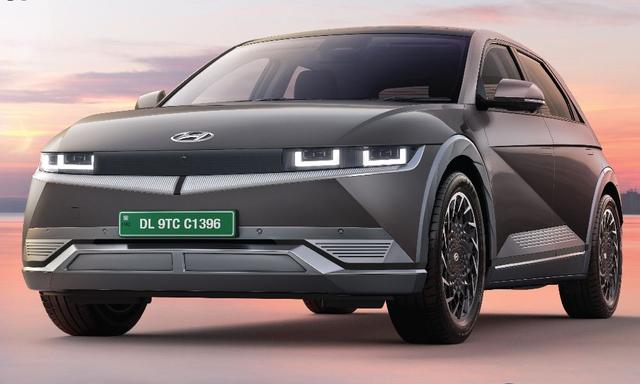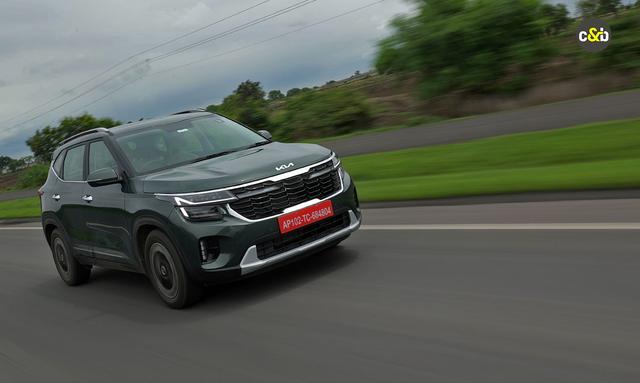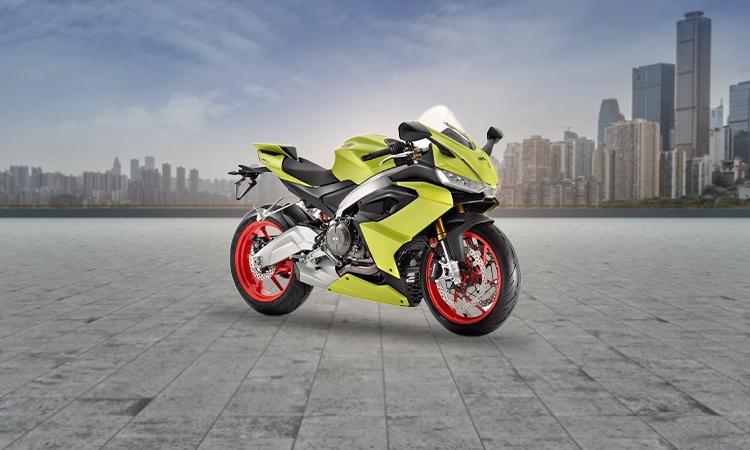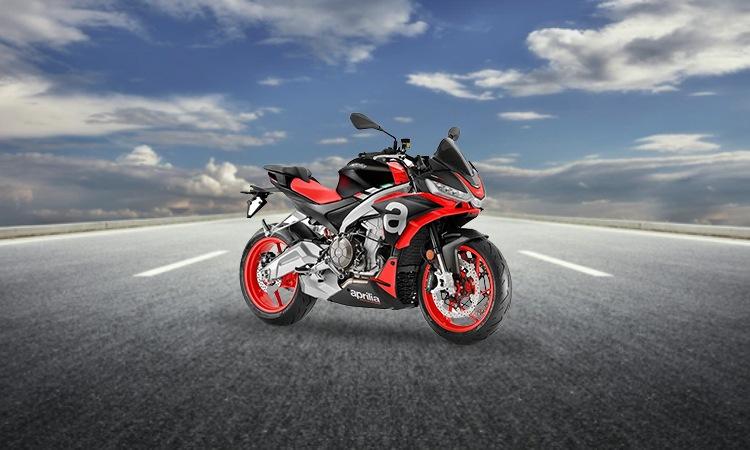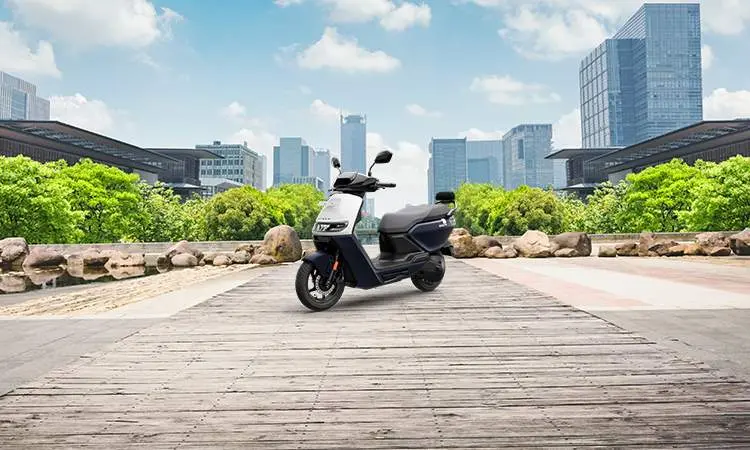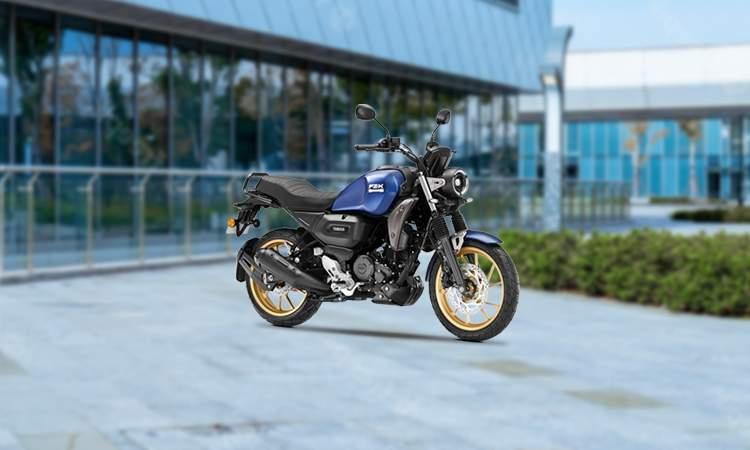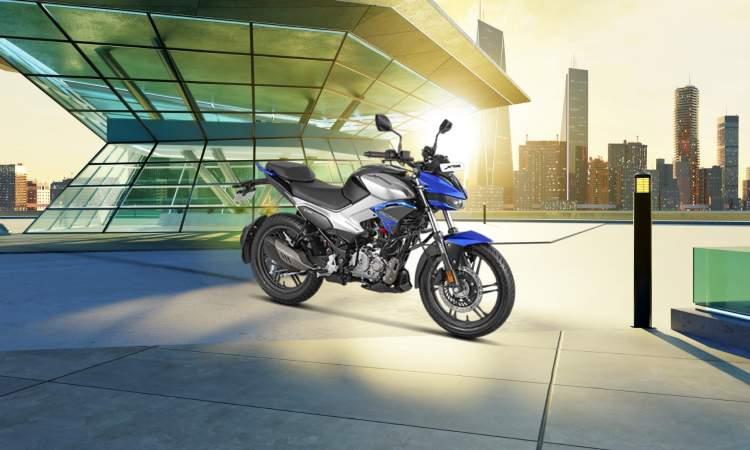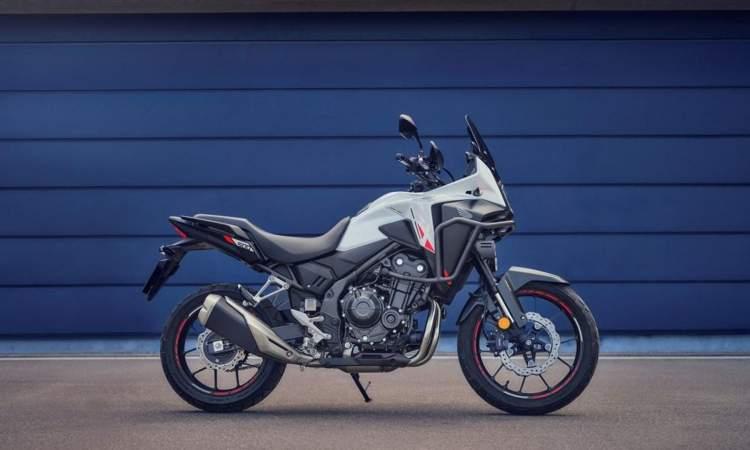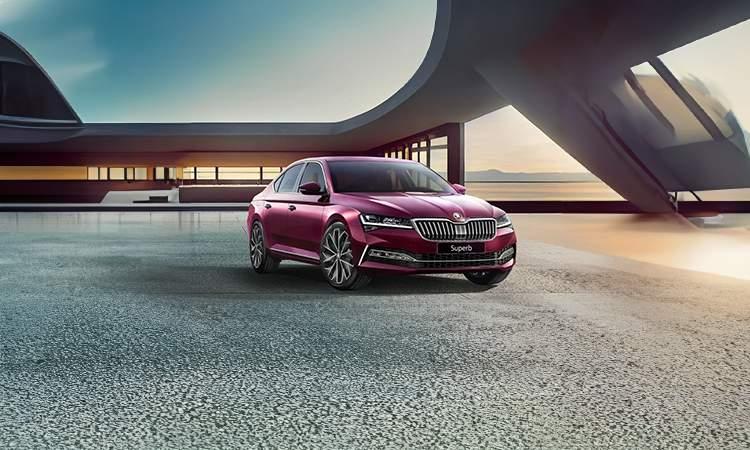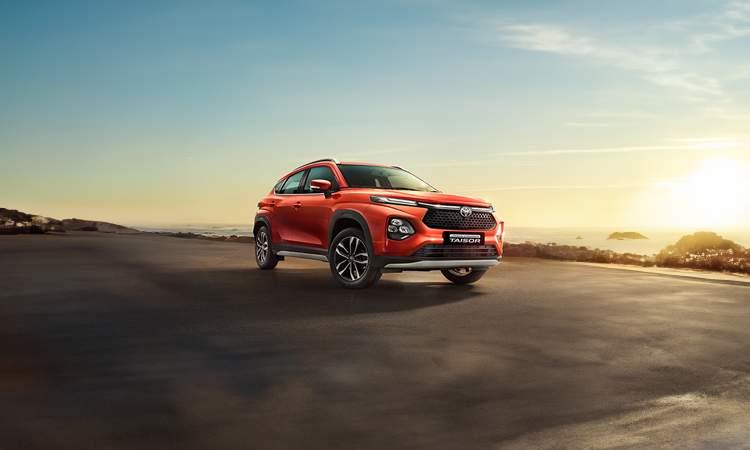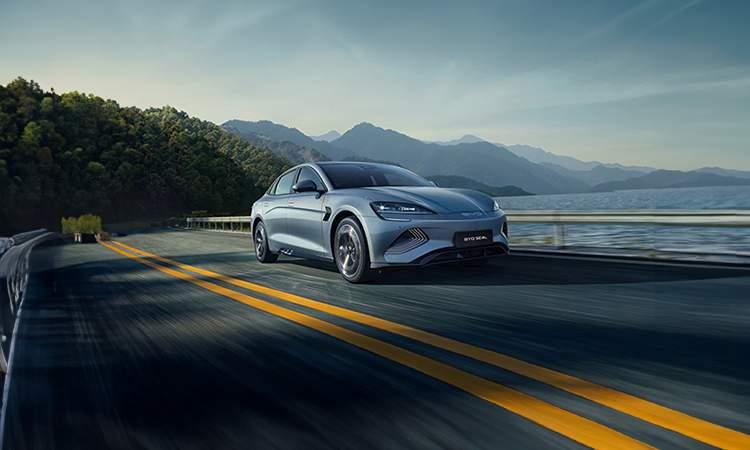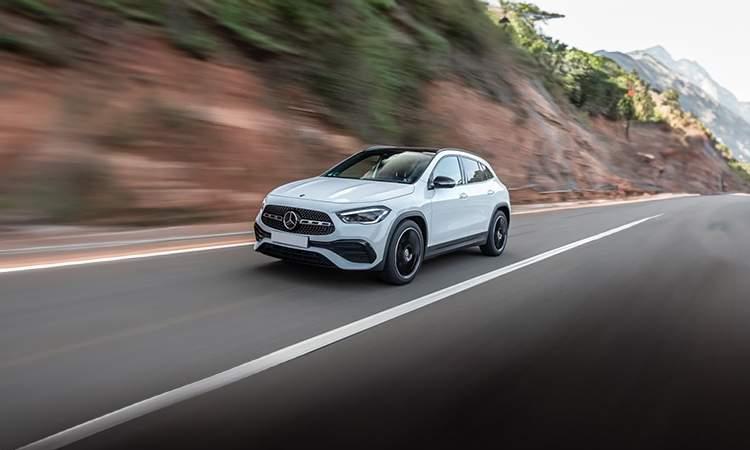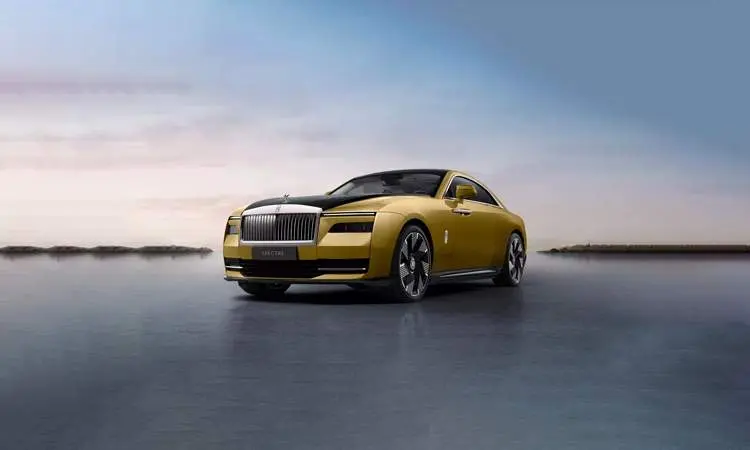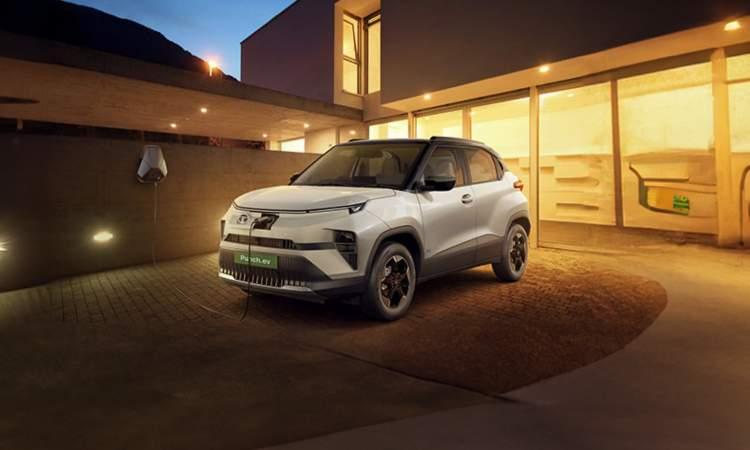Hyundai And Kia’s Heat Management Innovation Maximizes EV Driving Range
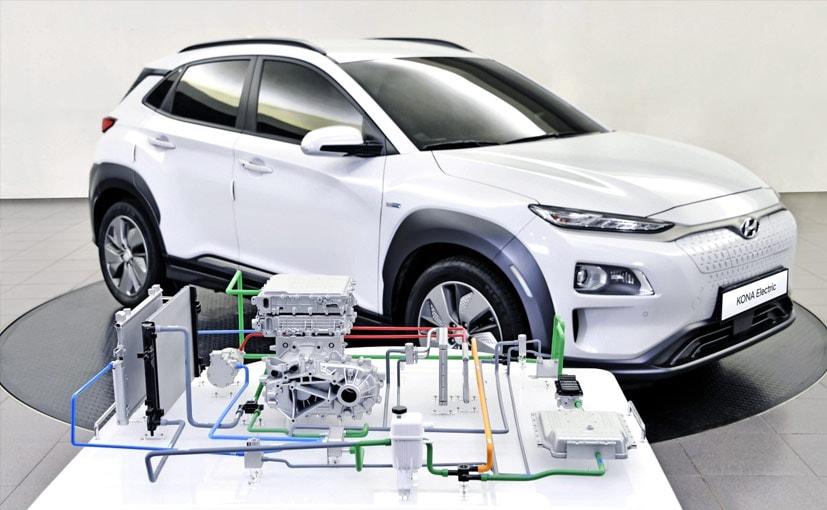
Highlights
Hyundai Motor Company and Kia Motors Corporation revealed new details of their innovative heat pump system, deployed in Hyundai and Kia's global electric vehicle line-up. Hyundai and Kia's heat pump is a heat management innovation that maximises the distance that Hyundai and Kia EVs can travel on a single charge, scavenging waste heat to warm the cabin. It enables EV drivers to heat their car's cabin in cold weather without significantly impacting electric driving range, unlike other EVs.
The technology was first introduced in 2014 on the first-generation Kia Soul EV. Comprising a compressor, evaporator and condenser, the heat pump captured waste heat given off by the vehicle's electrical components, recycling this energy to heat the cabin more efficiently. The technology meant the Soul EV's 180 km electric range was protected in cold weather driving conditions.

The heat pump harvests significantly more energy by recycling additional waste heat not only from power electrics (PE) modules
The new system scavenges waste heat from an increased number of sources for optimum cold-weather EV range. These innovations mean that Hyundai and Kia EVs offer more consistent range in temperatures where other EVs start to see a significant decline in the distance possible from a single charge.
Hyundai and Kia's heat pump technology has been developed further for new EVs from the carmakers. It now harvests significantly more energy by recycling additional waste heat not only from power electrics (PE) modules (such as drive motors, on-board chargers, and inverters), but also from the battery pack and slow charger.

This captured energy improves the efficiency of the HVAC (heating, ventilation and air conditioning) system
The system uses the heat generated by these components to vaporise refrigerant from liquid to gas form. High-pressure gas is discharged from the compressor and forced into a condenser to be converted back into a liquid. This process generates additional heat energy that is recovered by the heat pump and used to warm the cabin.
This captured energy improves the efficiency of the HVAC (heating, ventilation and air conditioning) system, recycling it to more efficiently heat up the cabin and minimize battery power consumption. By reducing the load on the battery, the heat pump cuts energy consumption from the HVAC system, maximising the available electric driving range of the car.
Hyundai and Kia continue to hone and improve the heat pump system and other heat management innovations, with the technologies currently informing the development of next-generation EVs from each brand.
Under its 'Strategy 2025' plan, Hyundai Motor aims to sell 670,000 battery EVs and FCEVs (fuel cell electric vehicles) annually by 2025. Kia's mid- to long-term strategy, dubbed 'Plan S', will see the brand's line-up grow to 11 EVs over the same timeframe.
Great Deals on Used Cars
View All Used Cars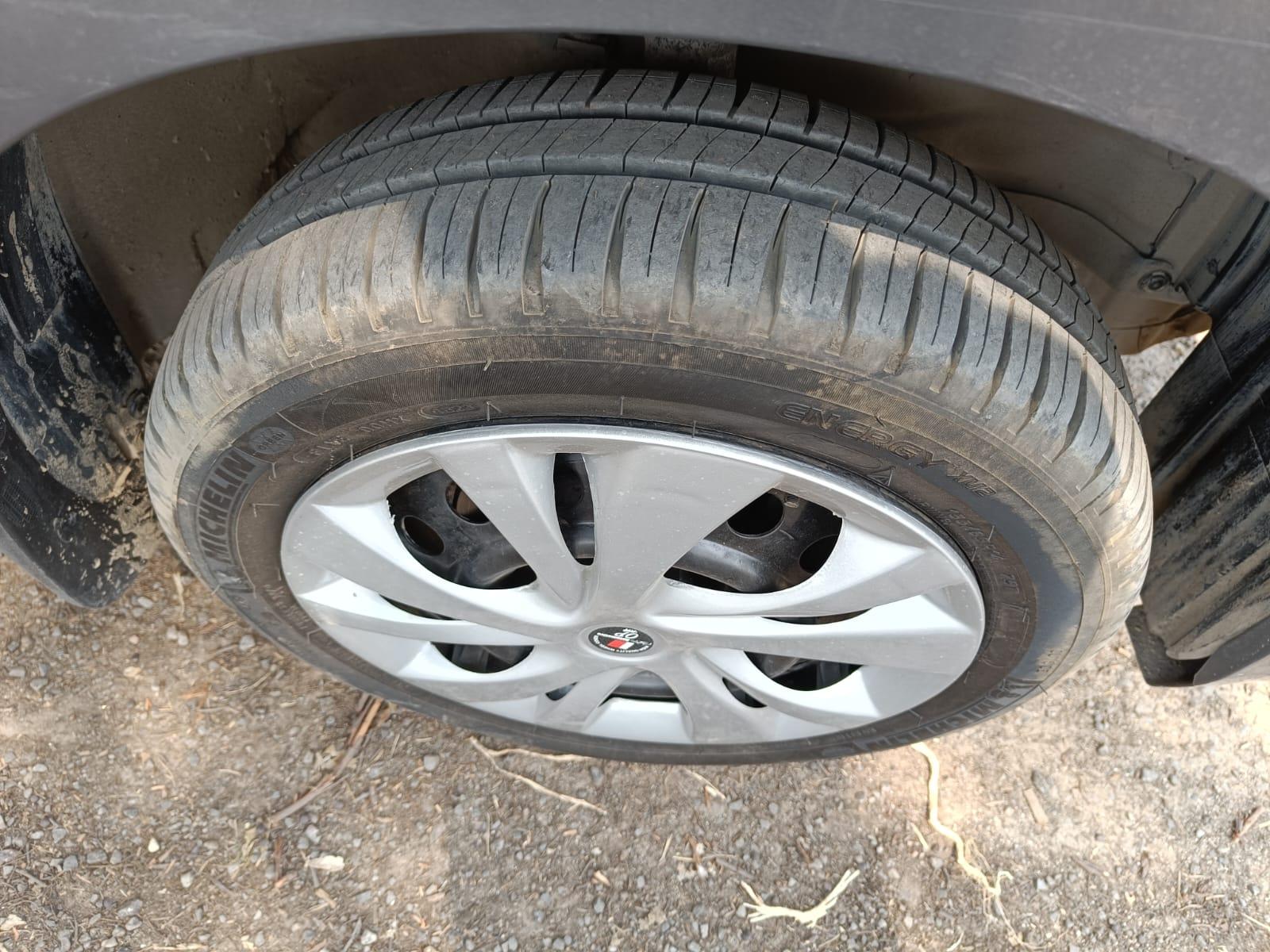
- 46,324 km
- Petrol
- AMT

- 35,000 km
- Petrol+CNG
- Manual
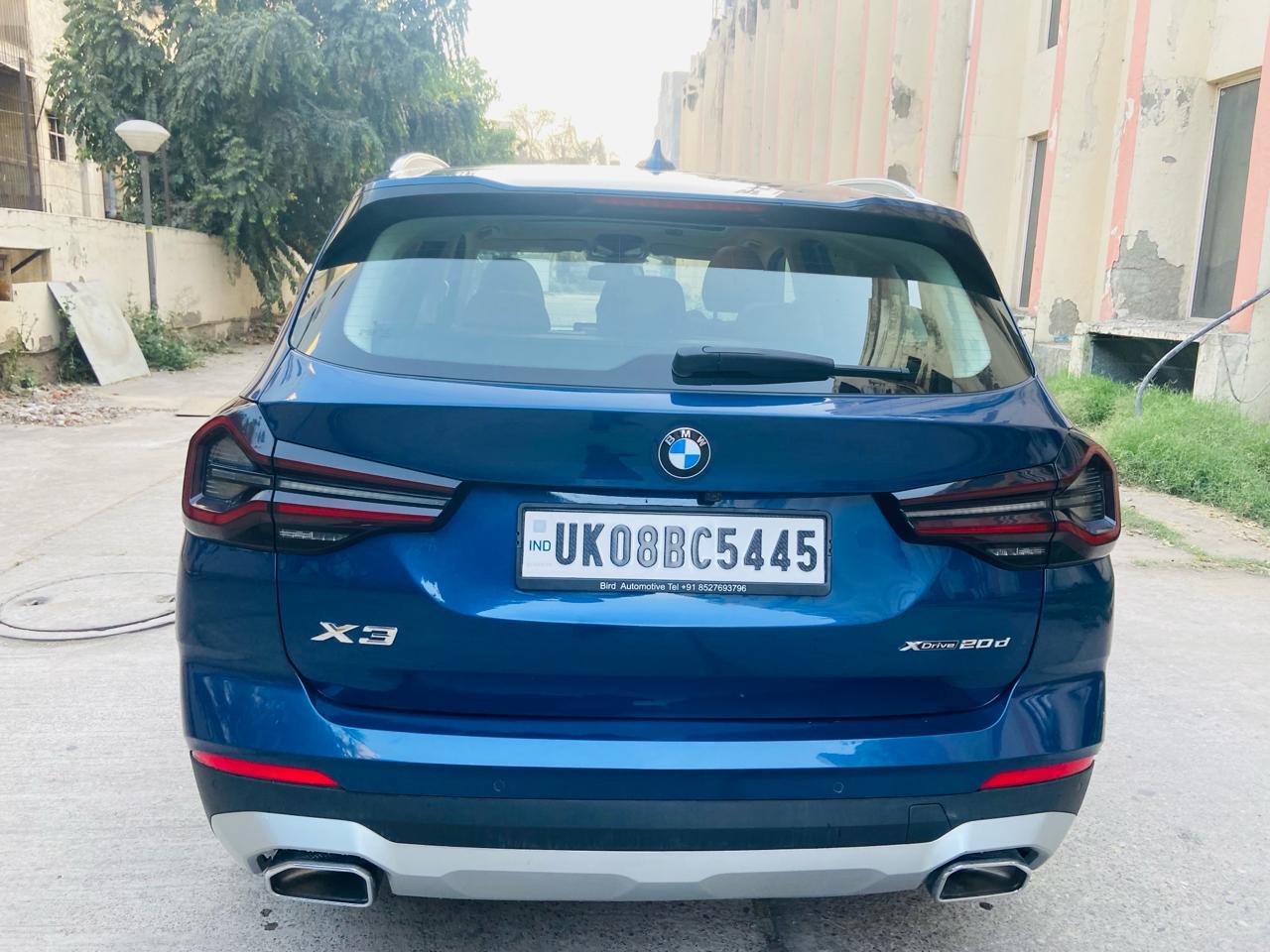
- 19,000 km
- Diesel
- Automatic

- 16,178 km
- Diesel
- Automatic
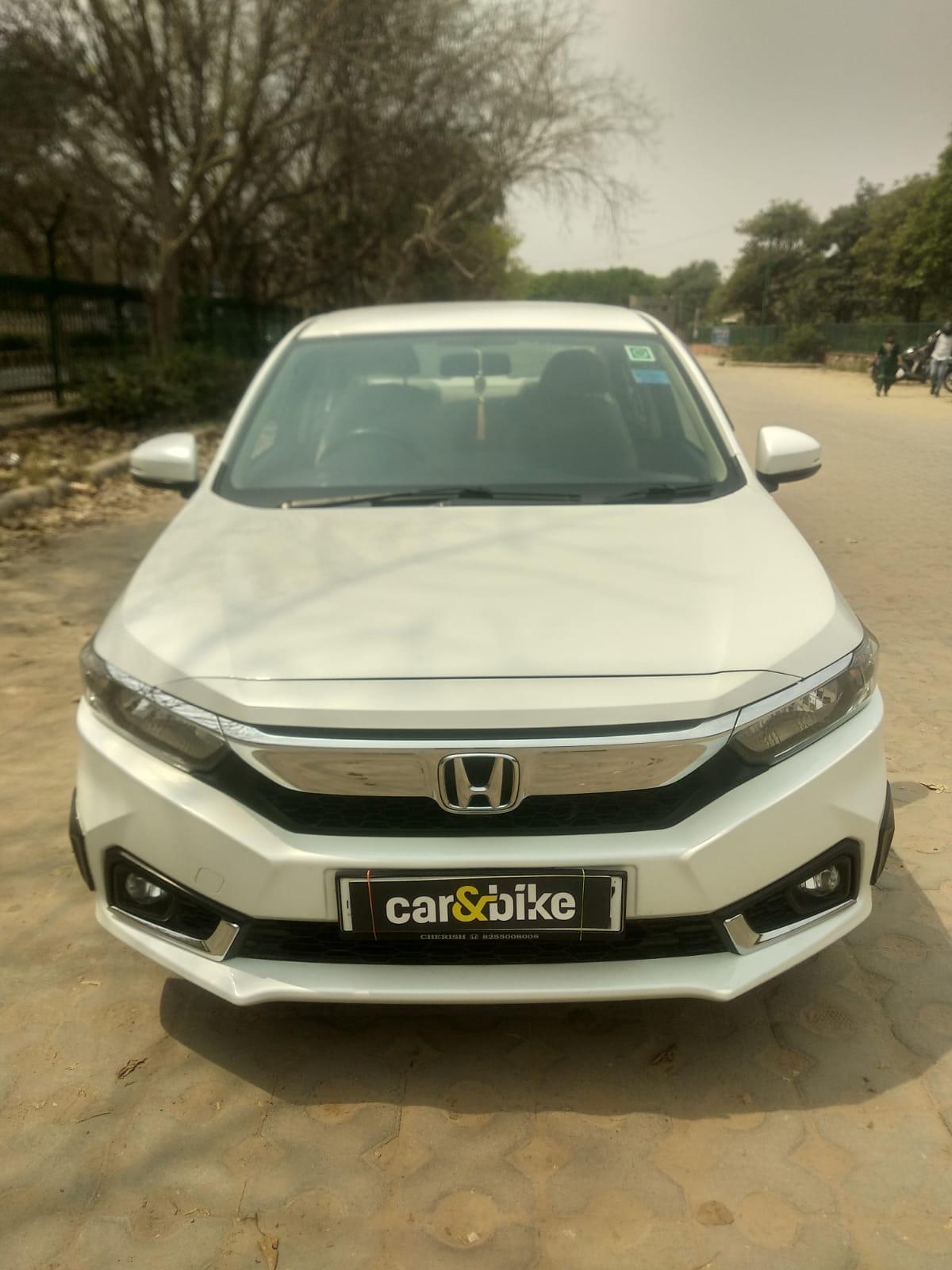
- 19,798 km
- Petrol
- Manual
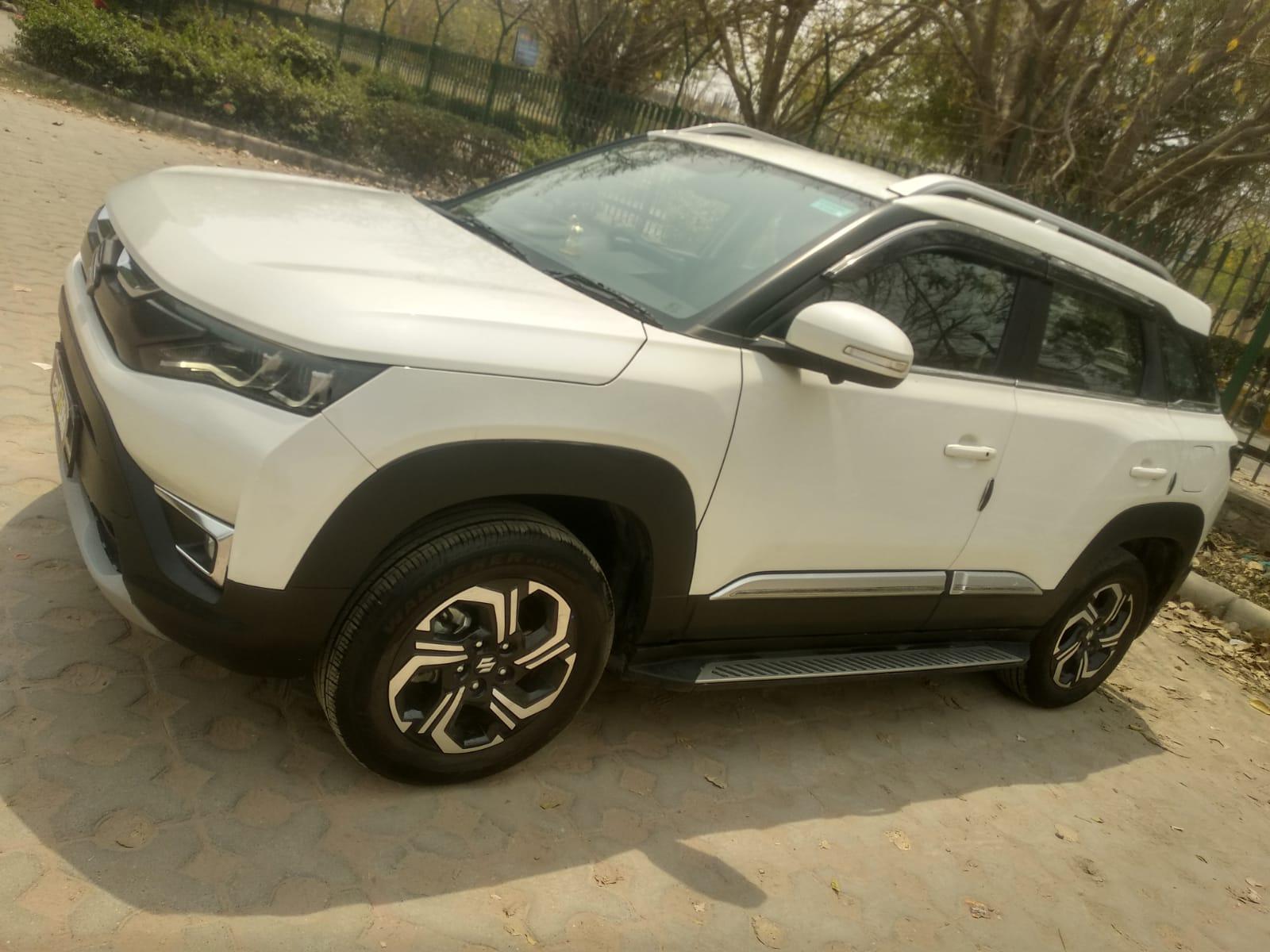
- 5,903 km
- Petrol
- Manual
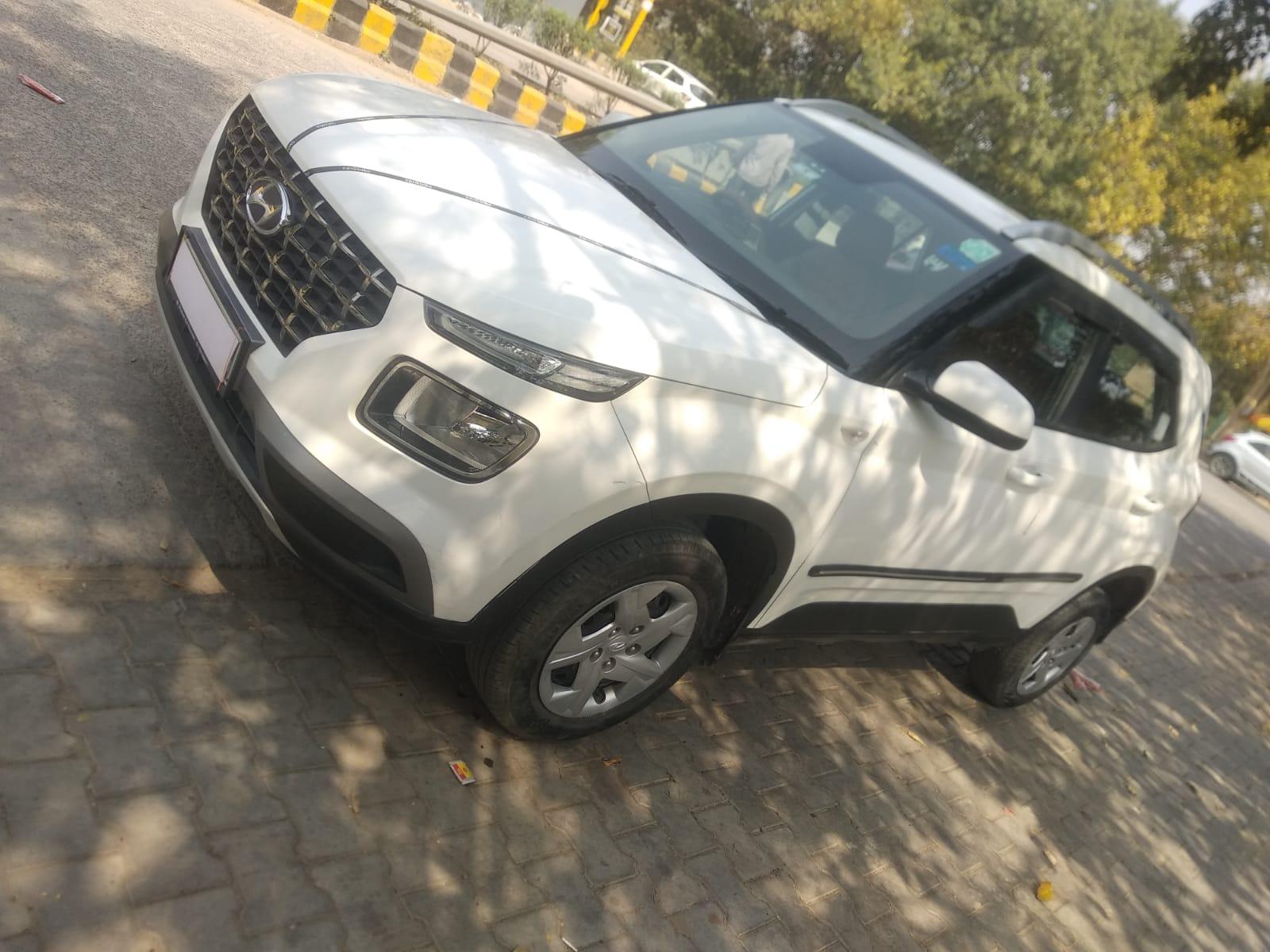
- 13,870 km
- Petrol
- Manual
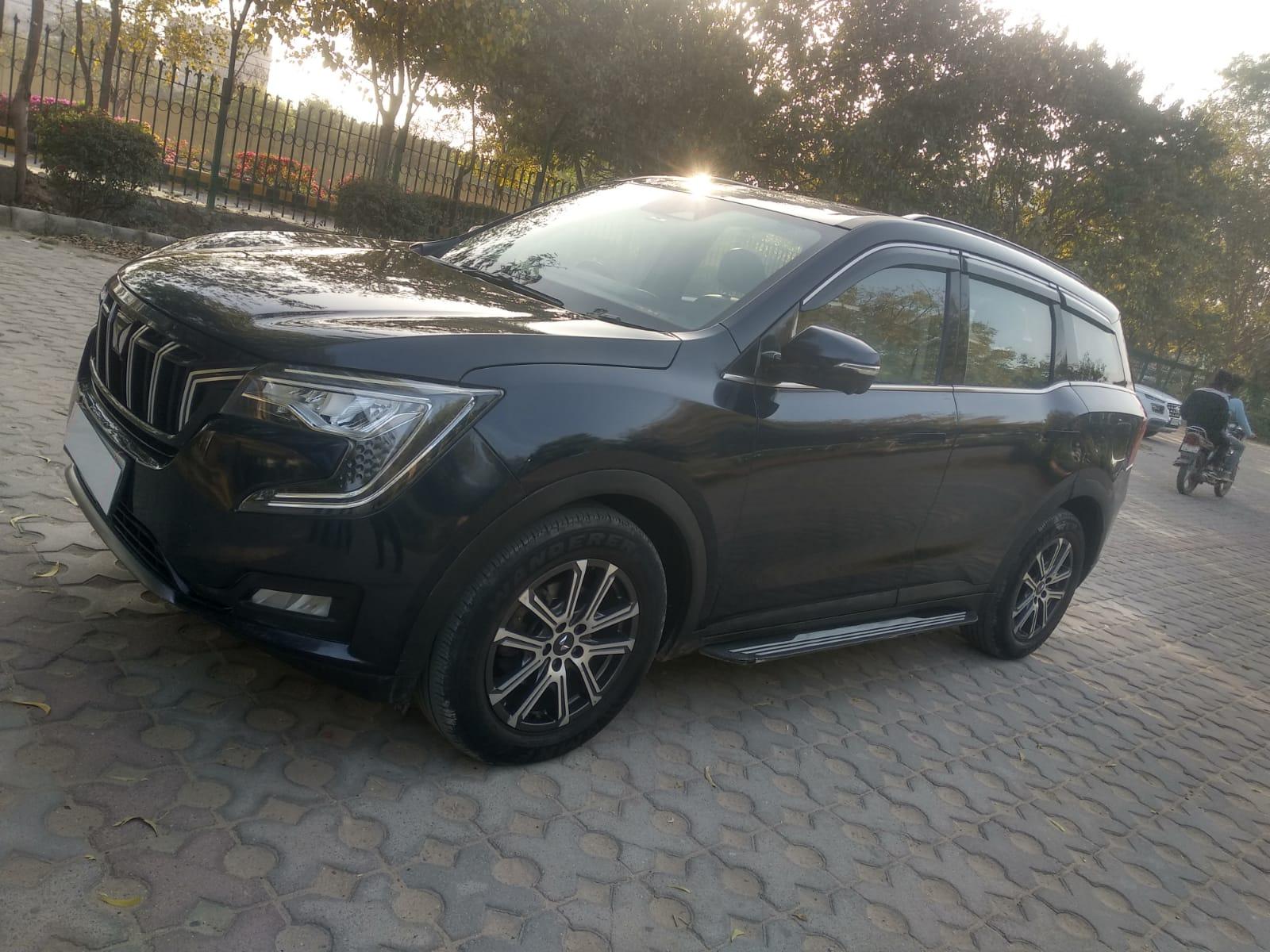
- 29,070 km
- Diesel
- Manual

- 25,000 km
- Petrol
- Manual

- 7,000 km
- Petrol
- Automatic
Popular Hyundai Models
Upcoming Cars
Upcoming Bikes



